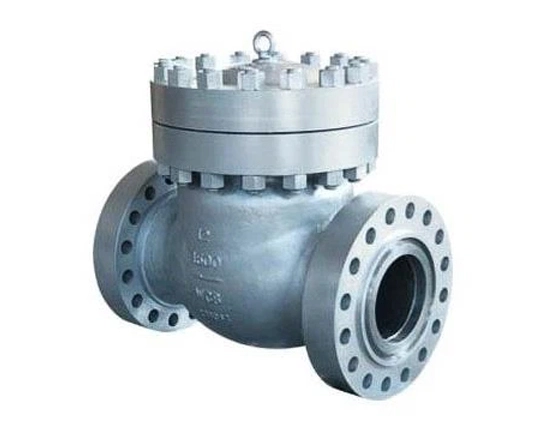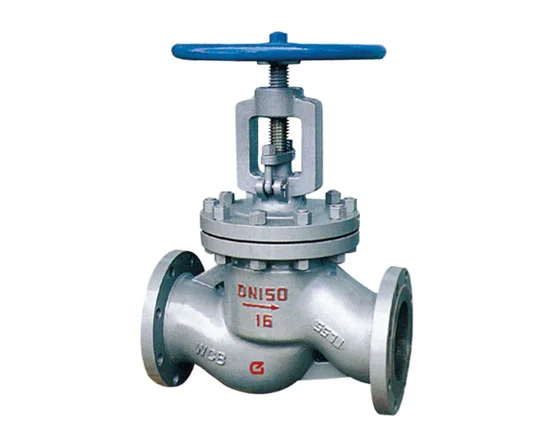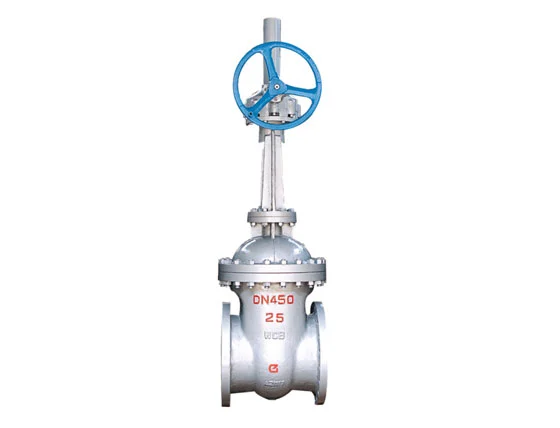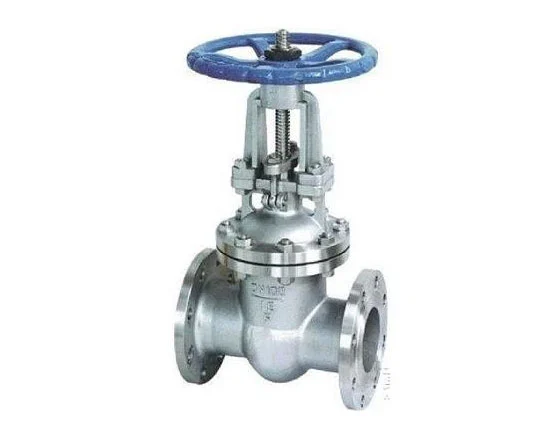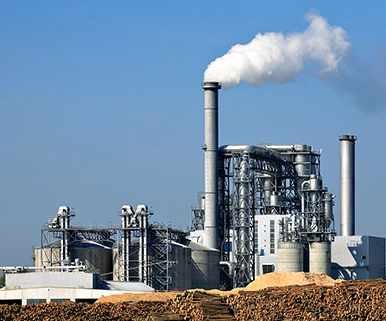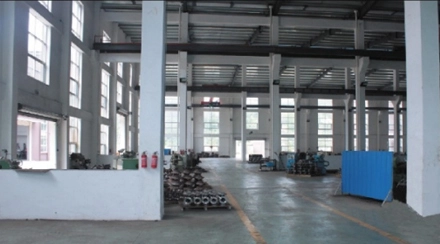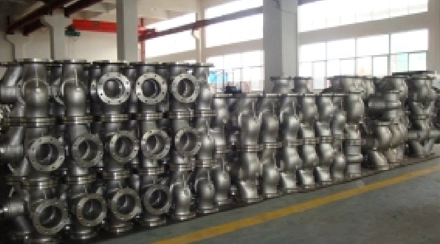en

Similar to the different types of valves used in power plant, mining operations also utilize various types of valves. Industrial valves play a crucial role in the mining industry by controlling the flow of various fluids and gases in mining operations. They are used in a wide range of applications, including mine dewatering, slurry transport, mineral processing, and mine ventilation. Here are some types of valves commonly used in the mining industry:
Gate Valves: Gate valves, like 14 inch gate valve, are commonly used in mining applications for on/off control of fluids. They feature a sliding gate that blocks or allows flow when fully open or closed, respectively. Gate valves are suitable for handling abrasive slurries and are often used in slurry pipelines.
Ball Valves: Ball valves offer quick and reliable shut-off control. They have a rotating ball with a hole that allows or blocks flow when aligned with the pipeline. Ball valves, like four way water valve, are resistant to erosion and are used in mineral processing, tailings disposal, and other mining applications.
Butterfly Valves: Butterfly valves consist of a disc mounted on a central shaft. When the disc is turned, it either allows or restricts flow. These valves, like 24 inch butterfly valve, are lightweight, cost-effective, and suitable for handling slurries, water, and other fluids in mining operations.
Check Valves: Check valves, also known as non-return valves, allow flow in one direction and prevent backflow, 10000 psi check valve, for example. They are essential in preventing reverse flow, particularly in pump discharge lines and slurry pipelines.
Globe Valves: Globe valves provide precise flow control by using a movable disk against a stationary ring. They, such as 6 inch globe valve, are commonly used in mineral processing plants and other mining applications that require accurate regulation of flow rates.
The selection of valves for mining depends on factors such as the type of fluid, pressure and temperature conditions, flow requirements, and the presence of abrasive or corrosive materials.

